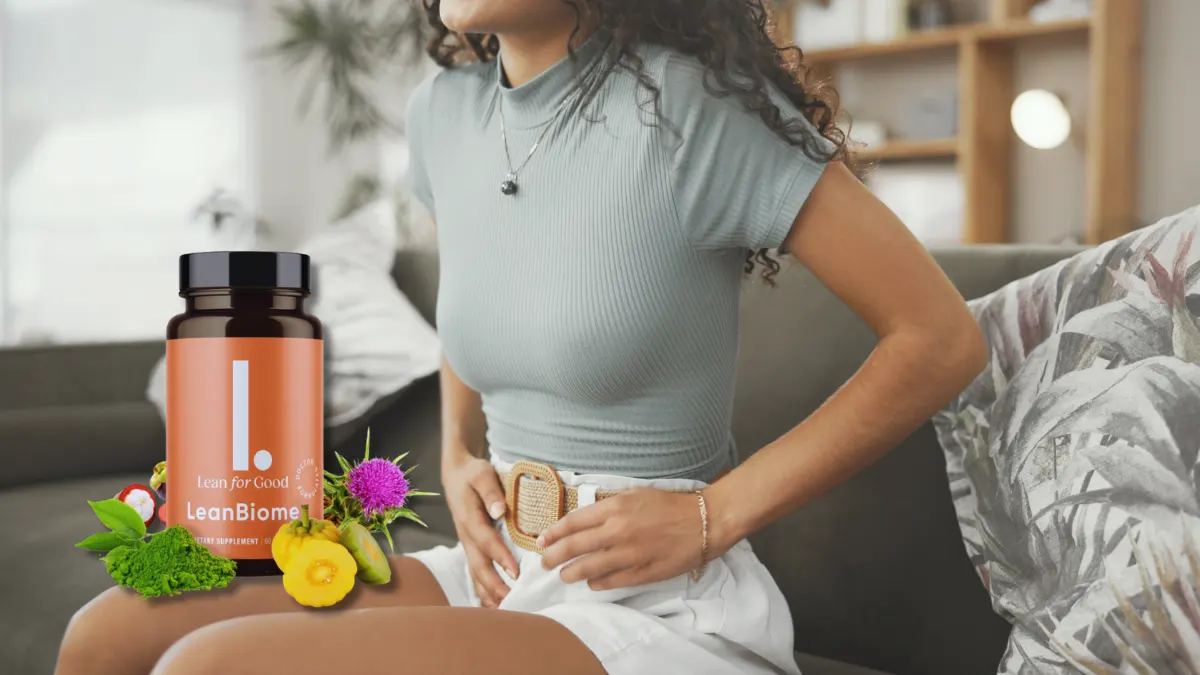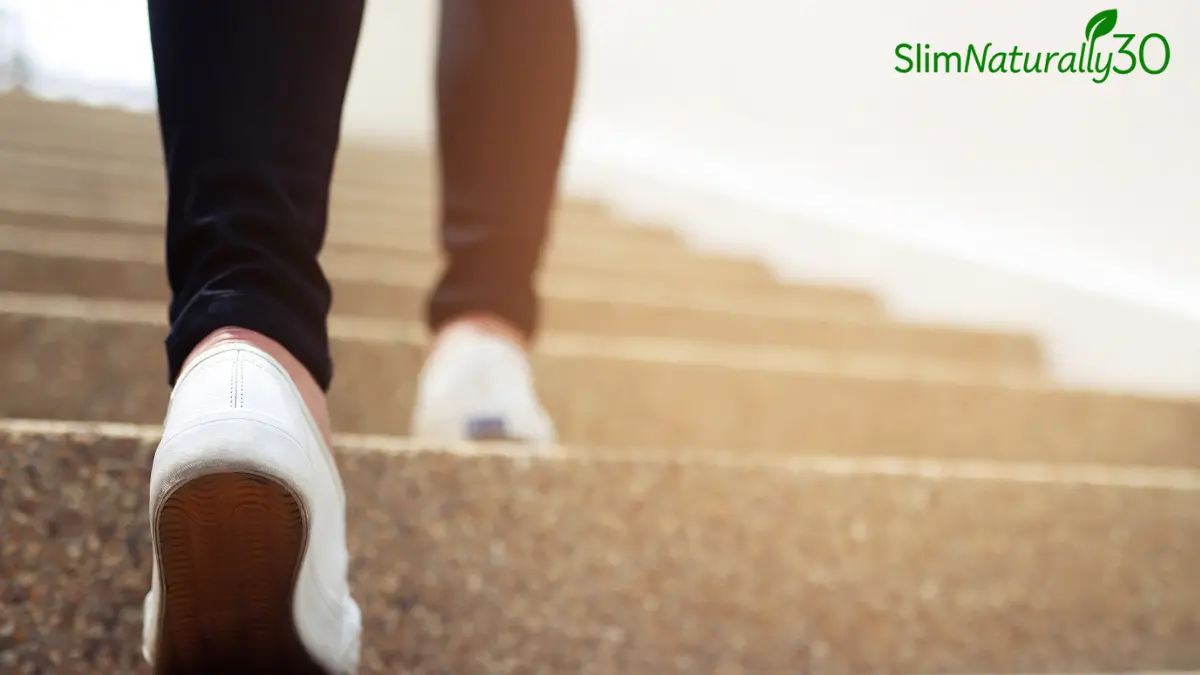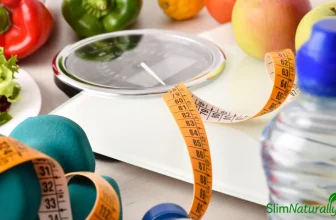
How to Rebuild Digestion After Antibiotics Gently and Effectively ?
I thought my digestion would bounce back after antibiotics. It didn't.
5 Signs Your Digestion Isn't Back to Normal
Just because the antibiotics are out of your system doesn't mean your gut is fine. Linda started noticing things that felt… off. Subtle at first, then undeniable.
- Bloating after basic meals – even plain rice and veggies left her feeling like a balloon.
- Unpredictable bathroom schedule – swinging between constipation and urgency.
- Weird cravings – especially for sugar or bread, even right after eating.
- Excess gas and gurgling – often in the evening, when the gut should be resting.
- "Food fear" creeping in – second-guessing what's safe to eat, or dreading meals entirely.
These aren't random symptoms — they're signals your gut microbiome is still in chaos.
The Myth: Just Eat Yogurt and You'll Be Fine
Everyone told Linda the same thing: "Just eat some yogurt, it'll fix your gut."
But a few spoonfuls of dairy couldn't undo the damage antibiotics had caused.
The truth? Most supermarket yogurts don't contain enough live strains — and even when they do, the bacteria often don't survive the journey to your gut.
More importantly, rebuilding your gut isn't about adding bacteria. It's about:
- Clearing inflammatory residue from meds
- Feeding your existing good microbes with the right prebiotics
- Resetting gut rhythm gently — not force-feeding it capsules
Gut recovery is a process — not a spoonful of flavored dairy.
My Real Recovery: Small Steps That Made a Difference
Instead of chasing miracle fixes, Linda started tracking what actually helped. No pressure. Just curiosity and consistency.
- Started her mornings with warm lemon water – helped stimulate digestion gently.
- Added prebiotic fibers slowly – like oats, bananas, and cooked apples (not raw salads).
- Introduced probiotic strains one at a time – and observed reactions for 3 days before trying another.
- Chewed more. Rushed less. – realizing digestion starts in the mouth, not the stomach.
- Journaled symptoms daily – noticed bloating was worse after stress, not just food.
What she learned? The gut likes rhythm. Gentle support. And time.
Why Linda Chose LeanBiome (and What She Noticed)
Linda didn't want a supplement that promised the moon. She wanted something that supported her gut — without overwhelming it.
LeanBiome stood out because it didn't just dump billions of bacteria into her system. It focused on balance:
- Targeted strains that aid both digestion and weight support
- Green tea phytosome to reduce bloating and inflammation
- Delayed-release capsules so the probiotics survive the journey
After 2 weeks, she didn't feel "cured" — she felt in sync. Less bloating. More predictability. And a gut that felt… quieter.
Final Thought: Recovery Isn't Quick — It's Gentle
What antibiotics clear in a week, your body may need months to rebuild.
Linda's biggest shift wasn't physical — it was how she saw her gut. Not as a machine that broke… but as a system that needed grace and attention.
Today, she doesn't fear meals. She doesn't obsess over perfect digestion. She pays attention. Supports gently. And trusts her gut to heal — slowly, but surely.
FAQ
- How long does it take to rebuild digestion after antibiotics?
It varies, but most people see improvement within 2–8 weeks with the right diet, support, and routine. - Is it safe to take probiotics after antibiotics?
Yes, but quality matters. Look for clinically studied strains and delivery systems like delayed-release capsules. - Can bloating last for months after antibiotics?
Unfortunately, yes. That's often a sign your gut flora hasn't rebalanced fully.








